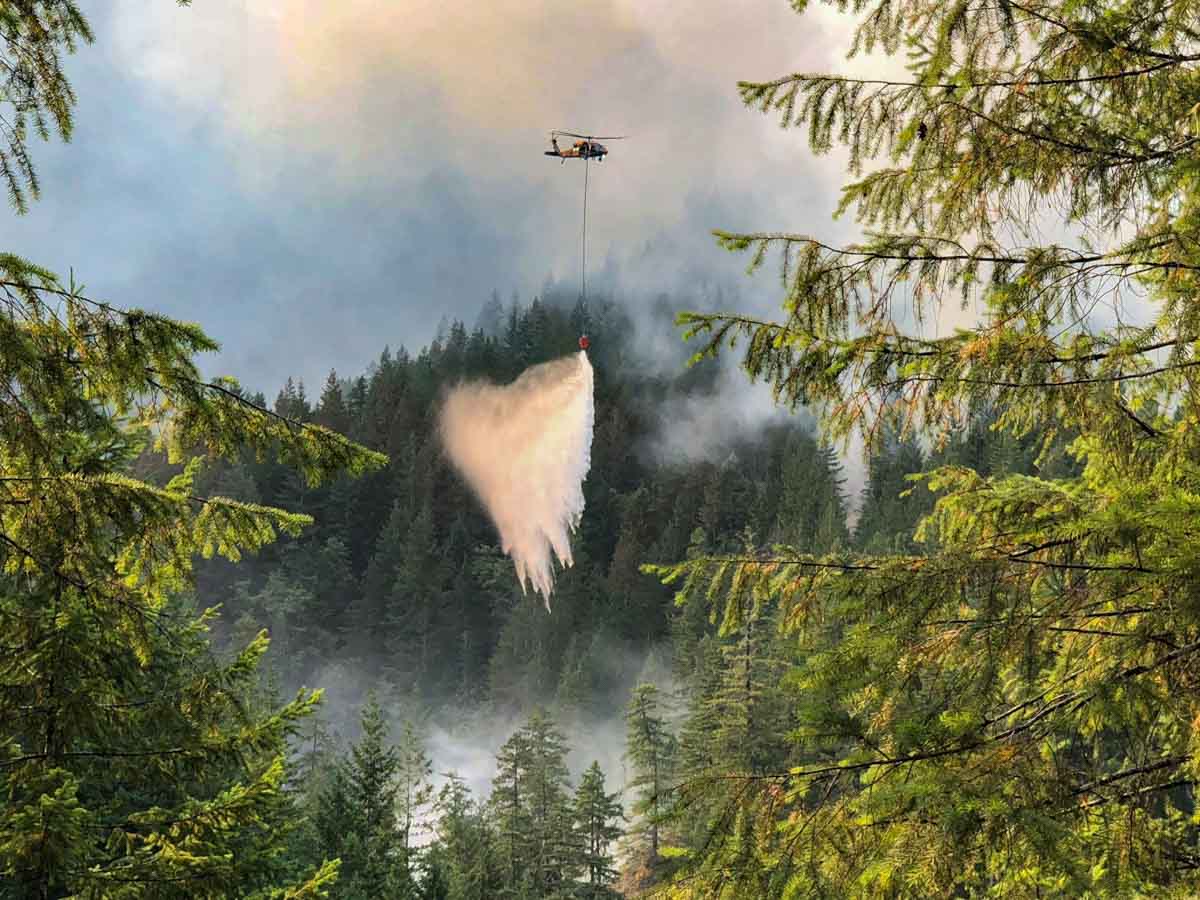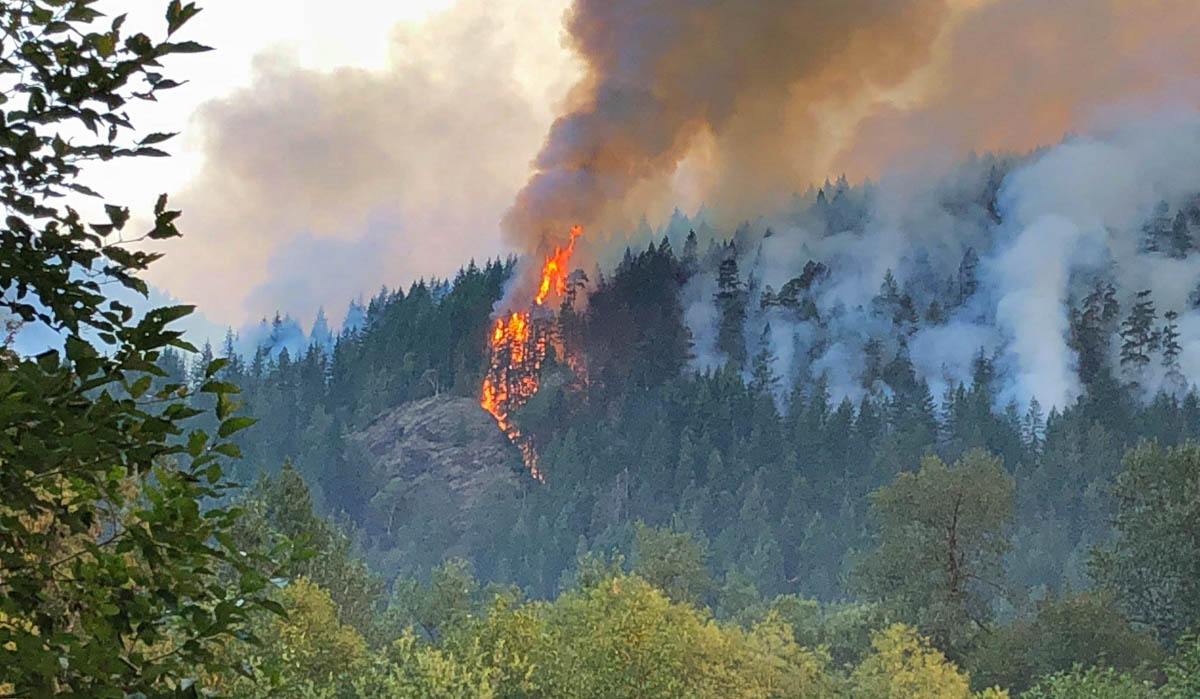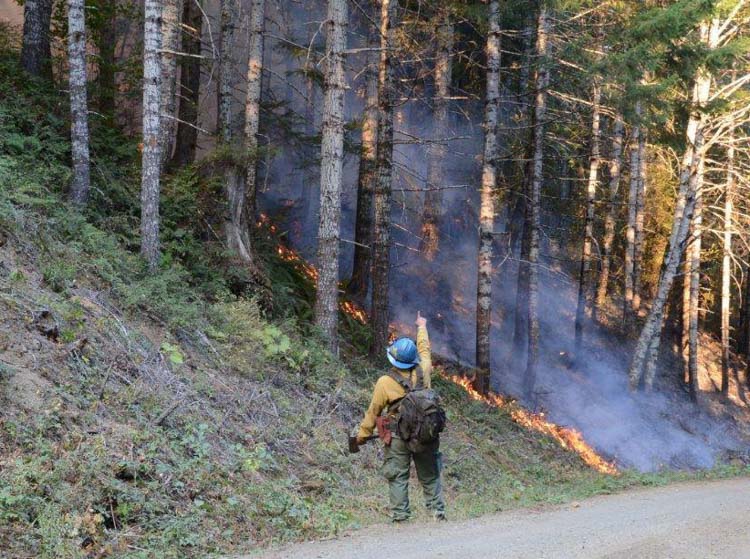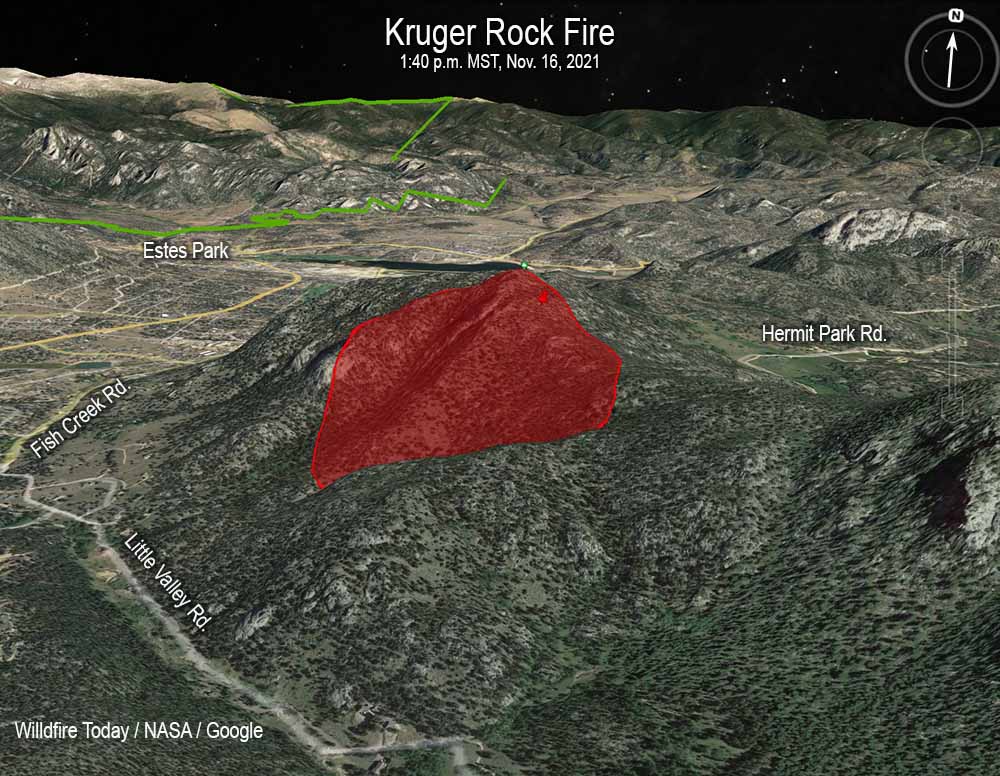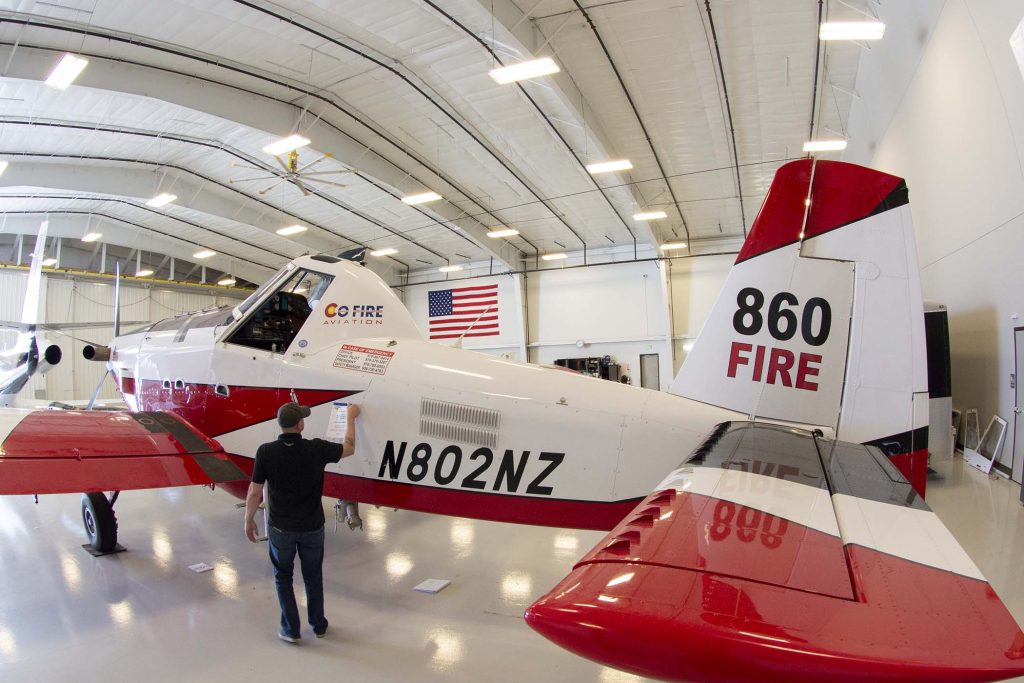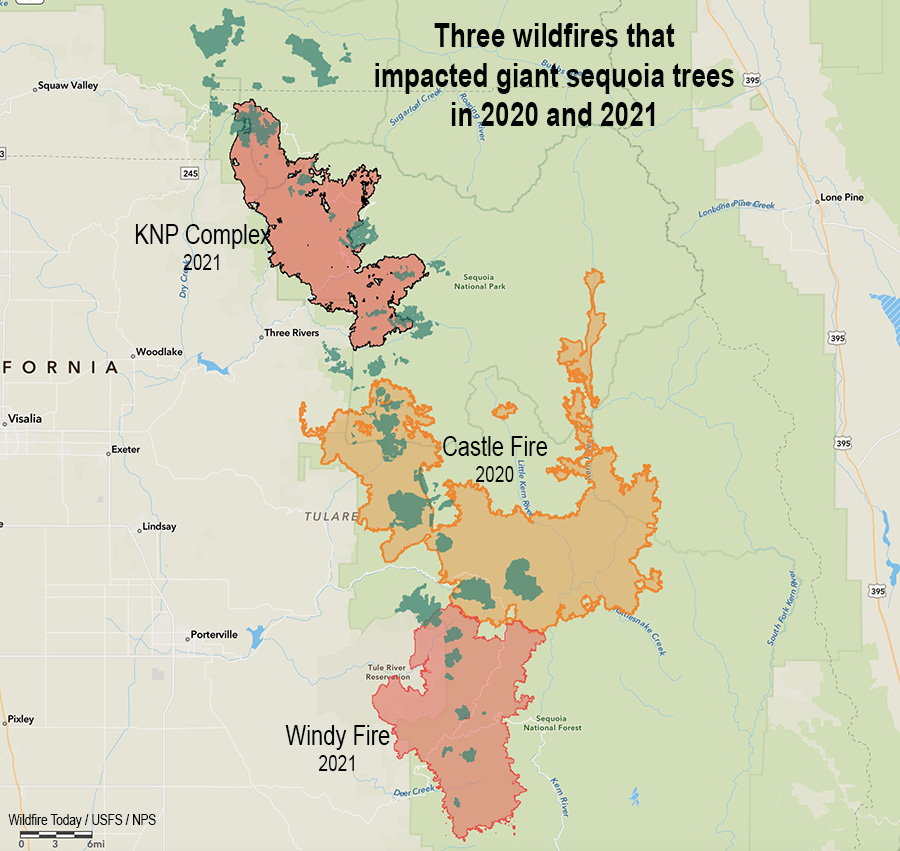
9:11 a.m. MST Dec. 3, 2021
The Fergus County Fire Warden, Ryan Peterson, said on December 1 that a power line was the suspected cause of the fire that destroyed grain elevators and 25 homes in Denton, Montana that day. Winds gusting up to 65 mph pushed the fire, spreading for 18 miles from Highway 80 to the east well past Denton.
The Opportunity Bank of Montana has started a donation drive to assist victims and evacuees. Checks can be made payable to the Denton Fire Relief Fund and mailed to the bank at PO Box 1047, Denton, MT 59430.
The state of Montana mobilized a County Assist Team and helicopters to aid in the suppression and recovery from the fire.
At the Coffee Creek N weather station northwest of Denton the high temperature recorded on December 1 when the fire burned through the town was 66 degrees at 1 p.m., with a minimum relative humidity of 37 percent. The maximum sustained wind speed and wind gust that day occurred at the same time — 41 mph gusting to 65.
The temperature was 30 degrees warmer than normal. According to Accuweather the average high temperature for Denton on December 1 is 36 degrees. The forecast for today, Friday December 3, is a high of 40 degrees with a 25 percent chance of snow Friday night.
Earlier this week new records were set in Montana and other western states for daily and monthly high temperatures.
7:46 p.m. MST Dec. 2, 2021
Grain elevators and 25 homes burned in Denton, Montana Wednesday December 1 as a large wildfire burned through the town, the Fergus County Sheriff’s office said.
The West Wind Fire was reported at 11:14 p.m. Tuesday Nov. 30 near Highway 80. Pushed by 24 to 40 mph winds gusting out of the west up to 60 mph hour it quickly spread east from Judith Basin County into Fergus County. On Wednesday Dec. 1 it burned into Denton, population about 300, and destroyed grain elevators, bridges, and 25 residences. The Sheriff’s Facebook page has a list of the affected homes.

The wind was too strong on Wednesday for aircraft to assist firefighters.
The town was evacuated and there were no reports of serious injuries or fatalities. The Sheriff expected to lift the evacuation order Thursday afternoon. Highway 81 west of Denton is closed due to a bridge that burned.
The fire was no longer spreading on Thursday after burning 10,644 acres.
The town of Denton yesterday afternoon from the north pic.twitter.com/Msl6vh1gt9
— Brock Linker (@44bmac) December 2, 2021
There has been record setting heat in Montana in recent days.

The wildfire potential in central Montana is predicted to be higher than average in December.

Do not drive into a flooded street. Do not drive into a fire.
Major brush fire ongoing in Denton, MT. Less than a half mile out of town. No immediate threat to the community at the moment. Route 81 heading towards Coffee Creek is closed as the fire has jumped the highway. #MTwx pic.twitter.com/CTEKqs8oIu
— Erik Johnson (@erik_wx) December 1, 2021







